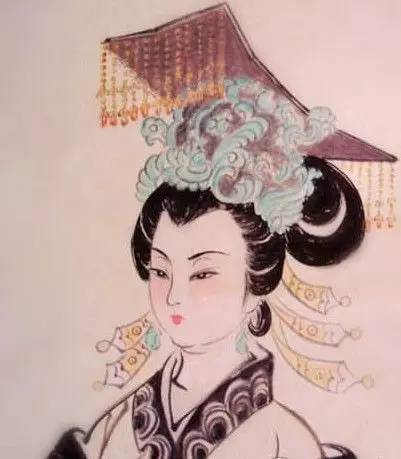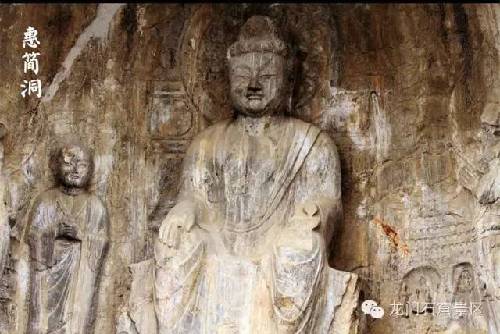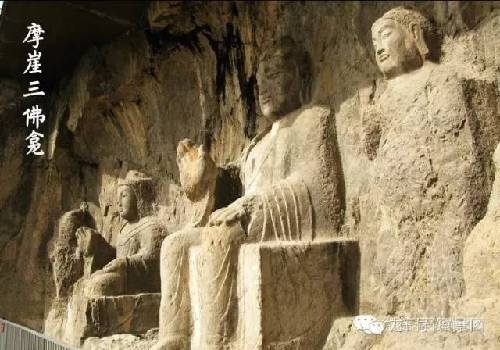Empress Wu Zetian and Longmen Grottoes
Updated: 2015-08-17
In Chinese patriarchal feudal society, image of empress, or female emperor seldom appeared, not even in fairy tales. Wu Zetian (AD 624-705), however, succeeded in treading on the forbidden zone to become the only female monarch in China's 5,000-year history.
 |
| A portrait of Wu Zetian [Photo/Longmen Grottoes on WeChat] |
Initially, she ruled as an empress unofficially, only to emerge as the official Emperor of China during the brief Zhou Dynasty (AD 690-705), which interrupted the Tang Dynasty (618–690 & 705–907). Due to her association with Buddhism, Wu had a great monumental impact upon the statuary of the Longmen Grottoes, which is now listed in the UNESCO World Heritage List.
Wu, who was born into a wealthy Chinese family belonging to the Wu clan, was taken as a concubine or consort for Emperor Taizong. Post his death, as Consort Wu, didn't bear any child from Taizong was sent to Ganye Temple to serve as a Buddhist monk. However, as she had already had relation with Emperor Taizong's successor and ninth son Emperor Gaozong, Wu made a re-entry to the palace as his highest ranking concubine, only to later marry him and become his empress or first consort in 655. After Gaozong suffered from a stroke in 690, she stepped in as the empress and ruled his dynasty as a sovereign until 705.
 |
|
A Maitreya statue in Huijian Cave, Longmen Grottoes, is believed to have modelled after the image of Wu Zetian.[Photo/Longmen Grottoes on WeChat] |
It was during Wu regime that the construction of the grottoes at Longmen (Dragon's Gate) was the busiest. She had lived in Luoyang for a long time, followed Buddhism and took advantage of its links too. Wu reportedly had used Buddhism to grab the imperial power. She had goaded Huan Yi, a monk in White Horse Temple, to forge the "Big Cloud Book", which told a religious lie that she was a living Maitreya to rule the world.
After the Xianqing years, Emperor Gaozong fell sick, and Wu stepped into power. They were called "two majesties", meaning that the empress had the same power as the emperor. This is reflected by an inscription in North Binyang Cave stating that the construction of the Amitabha niche was supervised by Niu Yide, by order of the Emperor and Empress. According to the Biography of Gaozong in the Old Tang Book and the Biography of Wu Zetian in the New Tang Book, the emperor was claimed to be the Holy Emperor and the empress the Holy Empress in August, the first year of Shangyuan. This is also reflected in the inscription of the Longmen Statues. In September in the first year of Yuanshou, Wu officially became the "Holy Emperor", and renamed the Tang as Zhou. She established the Zhou regime and also changed the name of the year to Tianshou. There are three statue-construction records in Drumming Platform on the east mountain in Longmen about this political event.
After Emperor Zhongzong returned to the throne, the construction of Maitreya statues suddenly declined, and the construction in Moya Cave was halted.
|
 |
|
The unfinished statues in Moya Cave [Photo/Longmen Grottoes on WeChat] |






